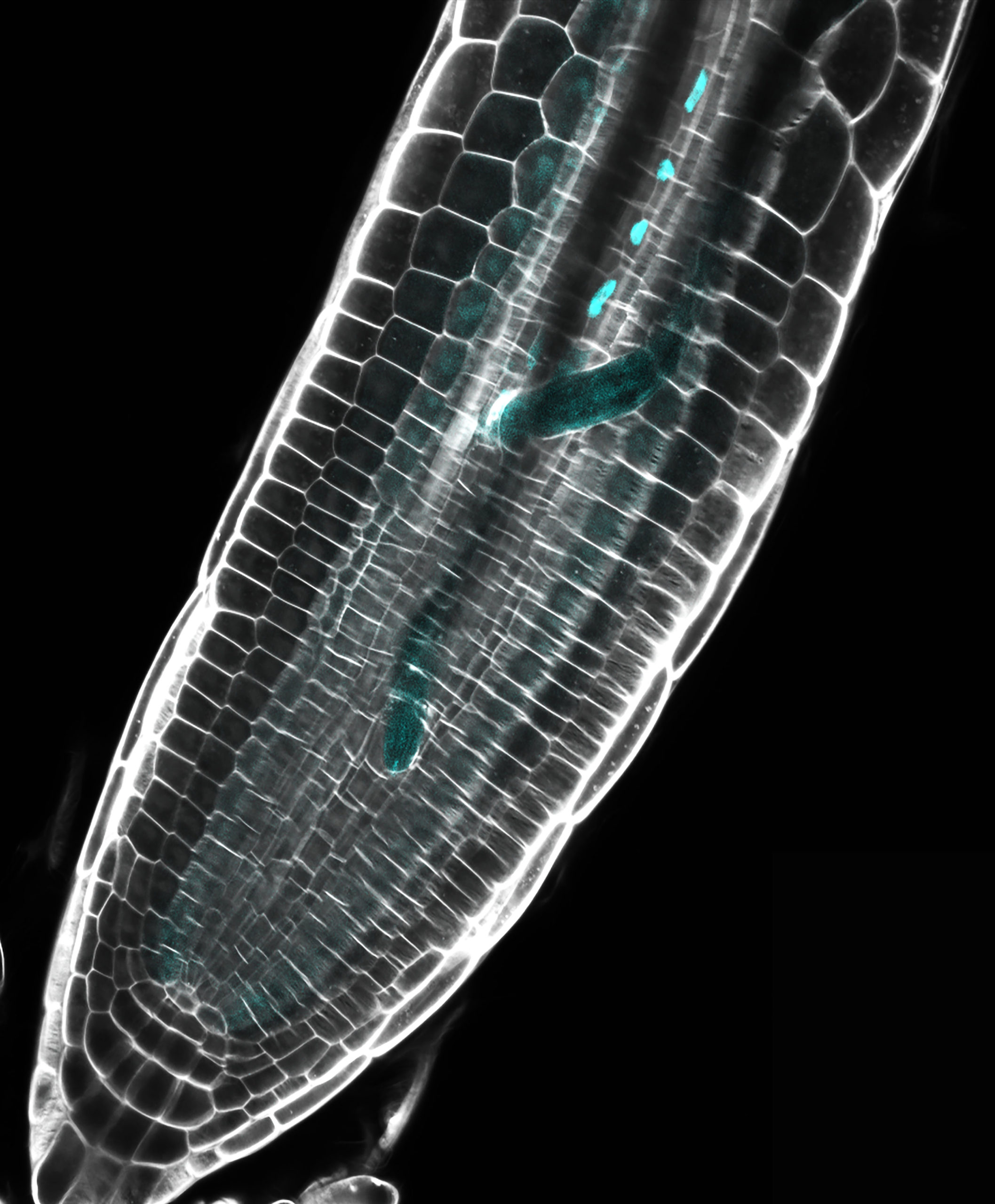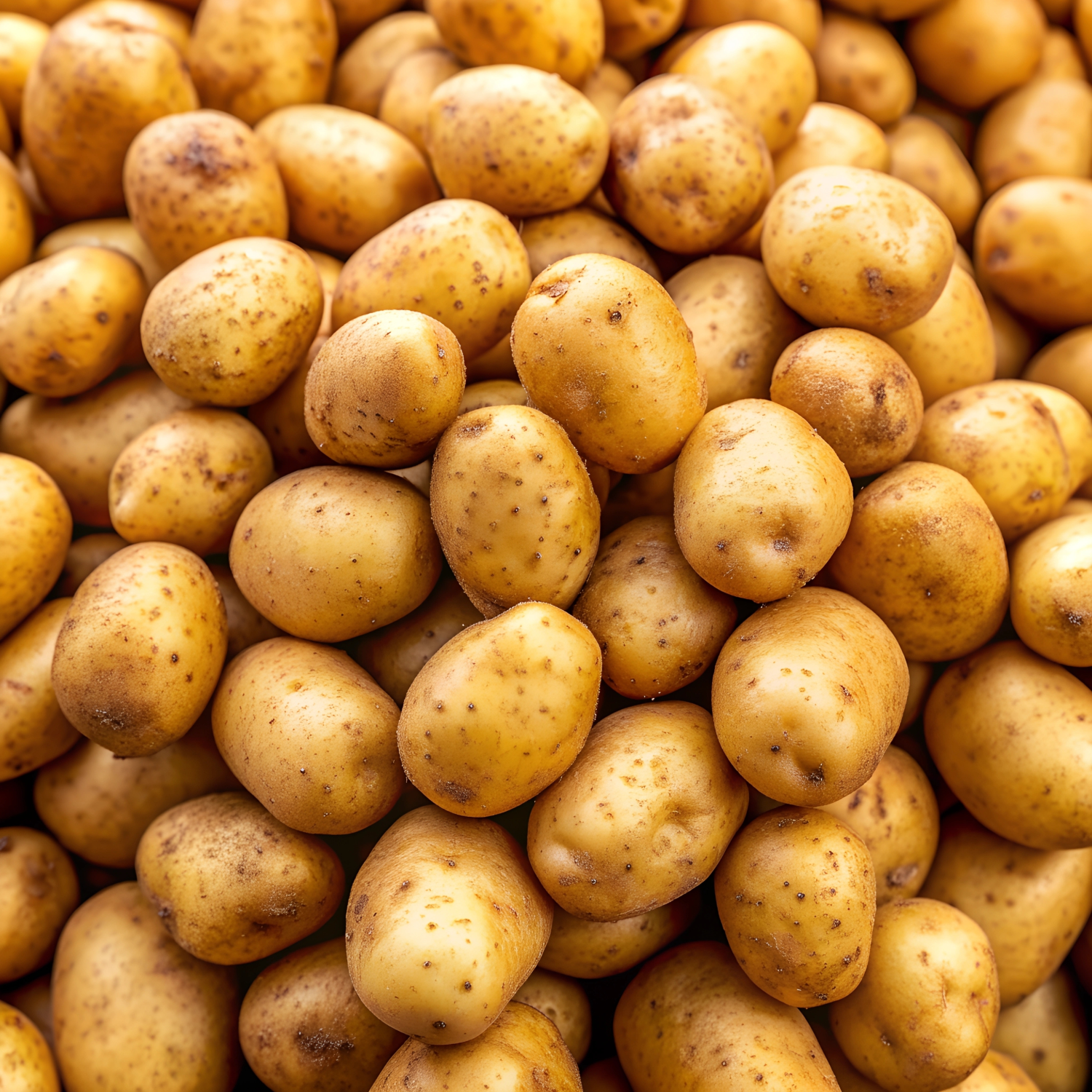Text Rianne Lindhout
Parasitic nematodes are increasingly eating away at our tomatoes, potatoes, and other food crops. Nematologist Jose Lozano Torres received 1.1 million euros from NWO and major seed companies to find out how plants can resist these nematodes.
Due to climate change, the most harmful nematodes are advancing. These parasites infect plant roots, which then feed the tiny worm-like animals. This leaves less for us. Lozano: ‘In the northern Netherlands, you sometimes see fields flooded. That reduces the number of parasitic worms in the soil. That trick became more evident when fields were flooded during World War II, and nematode problems were reduced for a few years. Pesticides are also available, but because they are very toxic to humans and the environment, they are being banned.’
Like cancer
So far, research into the nematode problem has focused on the species that cause the most damage. Root-knot nematodes, for example. They feed on only five to seven root cells, but these then swell to as much as 400 times their normal size. The tissue around them becomes tumour-like, as in cancer. Cyst nematodes take a different approach: they break down the cell walls of 200 to 500 plant cells so that together they become one big feeding cell complex for these nematodes.
Thin slivers
Lozano takes a different approach to the problem. ‘I am going to infect tomato roots with not just the two problem species but also with many different other species of nematodes. Also, species that evolved differently and do much less damage by making only a few cells swell a bit.’ Lozano shares the NWO Open Technology Programme grant with Utrecht-based developmental biologist Rik Korswagen. ‘He has developed a tomography technique to study the model nematode Caenorhabditis elegans in very small slices,’ says Lozano. ‘Now we will slice and study infected roots with it, at different stages of infection.’
Resistant variants
In all those slices, the researchers want to see exactly which plant genes are active where and when in the parasitic takeover. ‘We map, like a kind of Google Maps, where and which plant RNA is present. From that, we can see which genes are active in converting their cells into food cells for nematodes. With that knowledge, breeding companies can look for gene variants and use them for breeding their nematode-resistant seeds.’ The approach of figuring out how to master nematode nature contrasts with the increasing call to farm with nature more. Wouldn’t healthy soil, with the great diversity of soil life, be a better solution to nematode outbreaks? Lozano: ‘My colleagues in the Laboratory of Nematology are also doing research in that direction. But, even for farming more with nature, finding novel sources of resistance to parasitic nematodes is a top priority for global food production. I was previously awarded a Veni and a Vidi grant from NWO, and I also got this grant, co-financed by companies, right from the first application.’

 Plant root infected by a nematode.
Plant root infected by a nematode. 

![[The Proposition] ‘Limited freedom in proposition compilation renders the added value for a PhD thesis obsolete.’](https://www.resource-online.nl/app/uploads/2023/05/DeStelling_online_UK_1716.png)